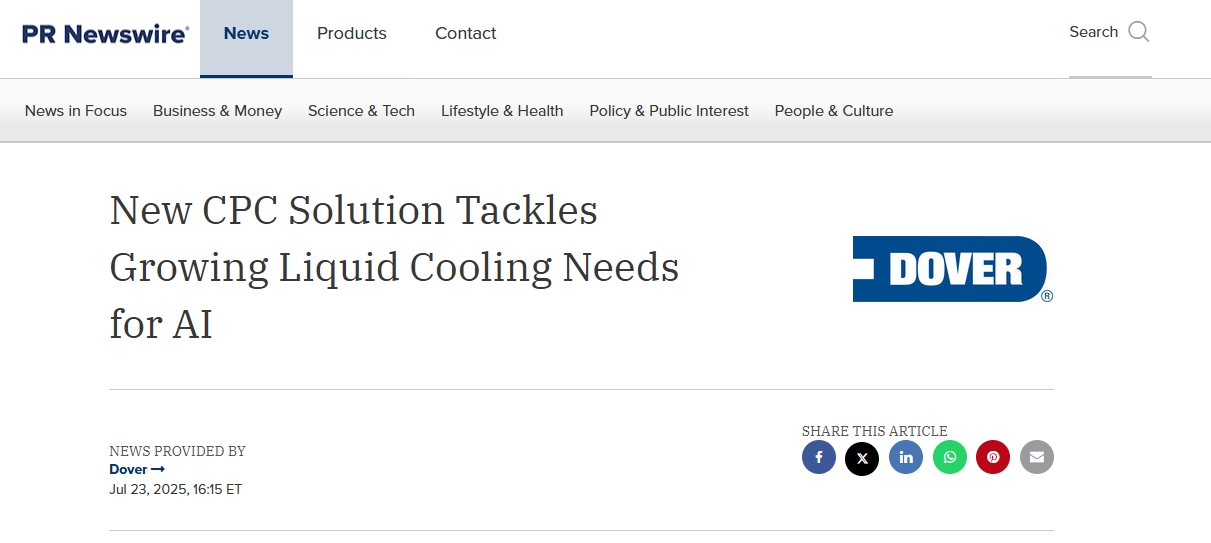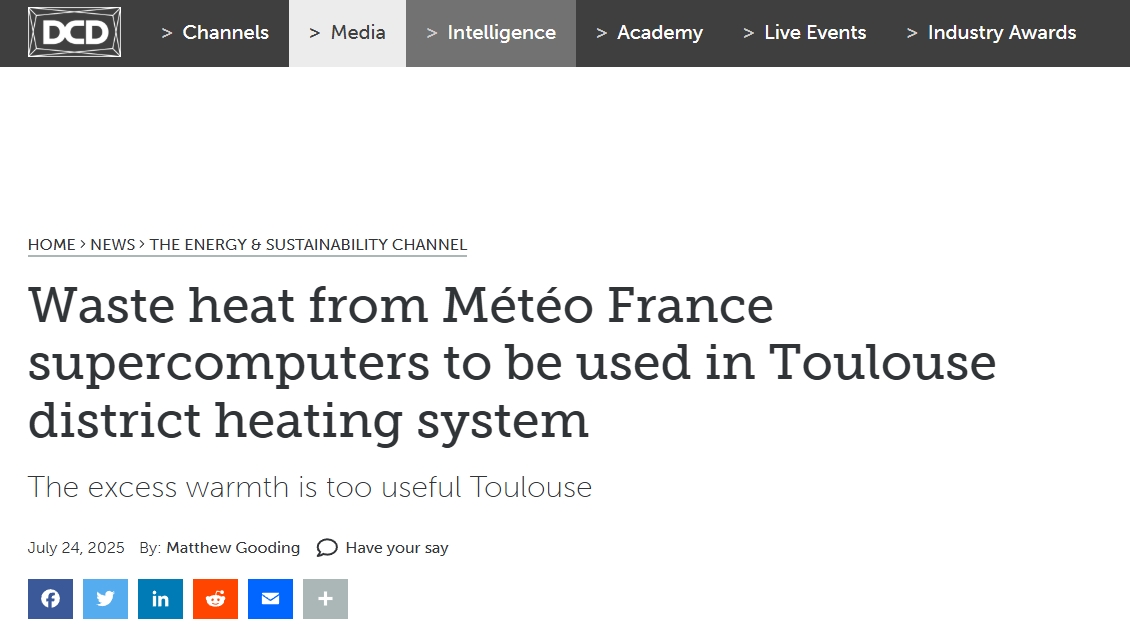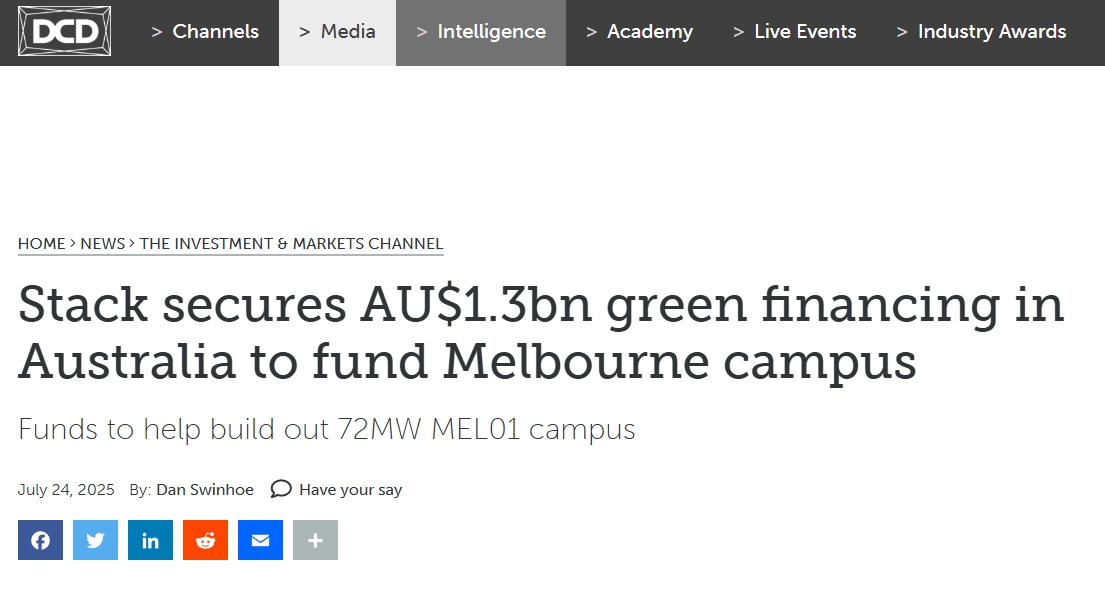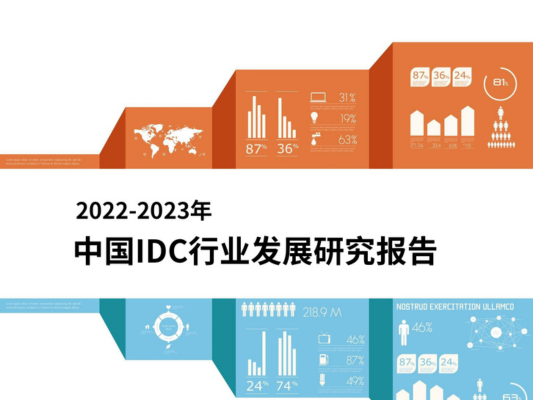Vertiv’s new 800 VDC solutions are scheduled for a 2026 launch, supporting next-generation Nvidia Kyber and Rubin Ultra platforms for AI data centre growth.
Vertiv has announced strategic alignment with NVIDIA's roadmap for 800 VDC power architectures – eager to position its solutions to meet the infrastructure requirements of next-generation AI data centres.
The company plans to release its 800 VDC power portfolio in the second half of 2026, which is being specifically timed to support forthcoming NVIDIA Kyber and NVIDIA Rubin Ultra platforms.
As AI workloads continue to drive up rack power requirements, shifting to 800 VDC architecture hopes to enable more efficient power delivery through reduction of copper materials, current flow and thermal losses.
“As GPUs evolve to support increasingly complex AI applications at gigawatt scale, power and cooling providers need to be equally innovative to provide energy-efficient and high-density solutions for the AI factories,” says Scott Armul, Executive Vice President of Global Portfolio and Business Units at Vertiv.
“While the 800 VDC portfolio is new, DC power isn't a new direction for us, it's a continuation of what we've already done at scale.”
Addressing increasing power demands in Nvidia environments
The planned Vertiv portfolio will include centralised rectifiers, DC busways, rack-level DC-DC converters and DC-compatible backup systems. These hope to complement existing AC power infrastructure options.
Vertiv is entering this transition with substantial experience in higher-voltage data centre power implementations. This includes more than 20 years of ±400 VDC deployments across telecom networks, integrated microgrids and mission-critical facilities.
The company’s expertise has been enhanced through strategic acquisitions in the early 2000s, which have established Vertiv as a leading provider of data centre power solutions. Likewise, it has proven itself to have strong capabilities in design, deployment and long-term maintenance.
800 VDC therefore forms part of Vertiv’s “unit of compute” strategy, which takes a systems-level approach to infrastructure design. This means it creates modular, scalable infrastructure where all components work together to meet the demands of next-generation GPU computing environments.
Scott adds: “We've spent decades deploying higher-voltage DC architectures across global telecom, industrial, and data centre applications.
“We're entering this transition from a position of strength and bringing real-world experience to meet the demands of the AI factory.”
Aligning with Nvidia’s progress
Vertiv says it is aligning with the NVIDIA AI roadmap to stay one GPU generation ahead. This is designed to enable its customers to deploy their power and cooling infrastructure in sync with NVIDIA’s next-generation compute platforms.
Likewise, Vertiv provides end-to-end power, cooling, integrated infrastructure and services to support AI factories and other data centre deployments.
Nvidia continues to lead in the AI chip world, announcing several new technologies and partnerships at Computex 2025 in Taipei, designed to focus on enhanced AI infrastructure for data centres and enterprise computing environments.
“A tectonic shift is underway: for the first time in decades, data centres must be fundamentally rearchitected – AI is being fused into every computing platform,” says Jensen Huang, founder and CEO of Nvidia, during his keynote presentation.
Data centre infrastructure – CPUs and GPUs – are becoming the key focus across the industry to enable such AI-powered data centres.
Even Qualcomm this week has announced it will be entering the data centre market to incorporate Nvidia technology.
The company is developing CPUs, using Nvidia technology to help them communicate quickly with Nvidia GPUs.
“With the ability to connect our custom processors to Nvidia's rack-scale architecture, we're advancing a shared vision of high-performance energy-efficient computing to the data centre,” Cristiano Amon, CEO of Qualcomm, shared on Monday.








